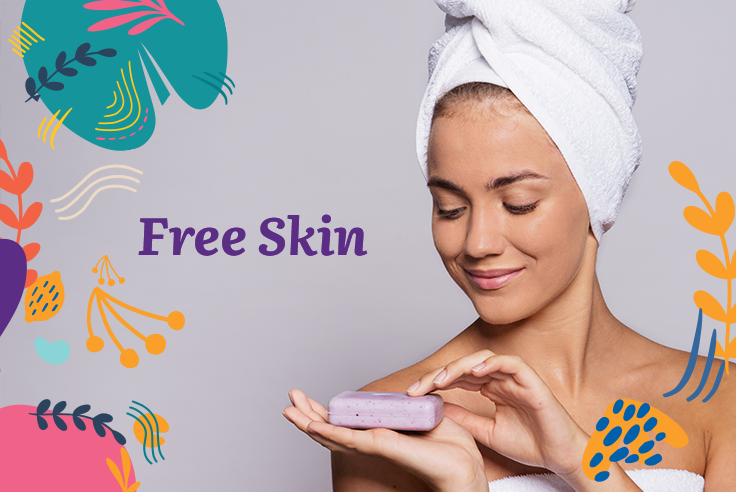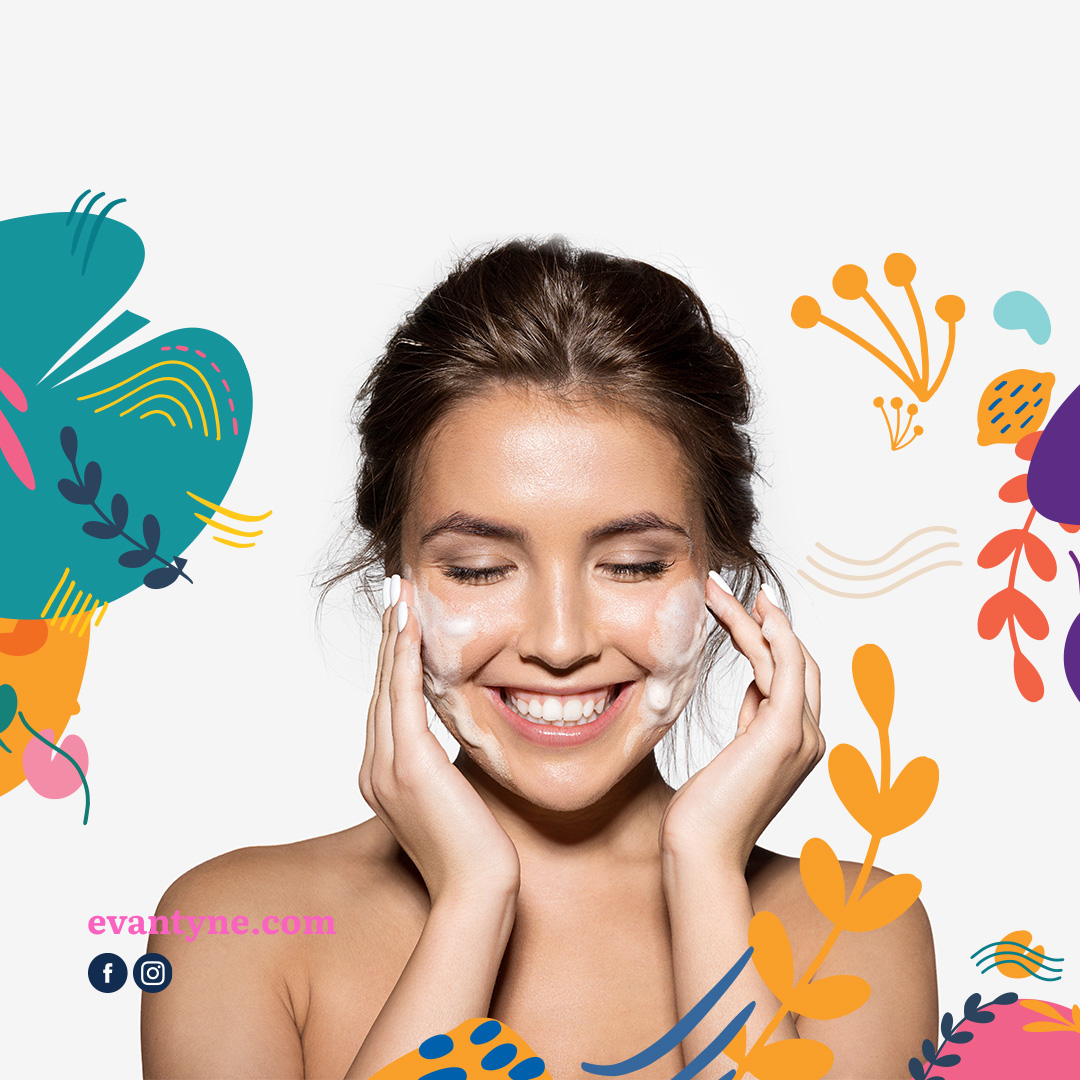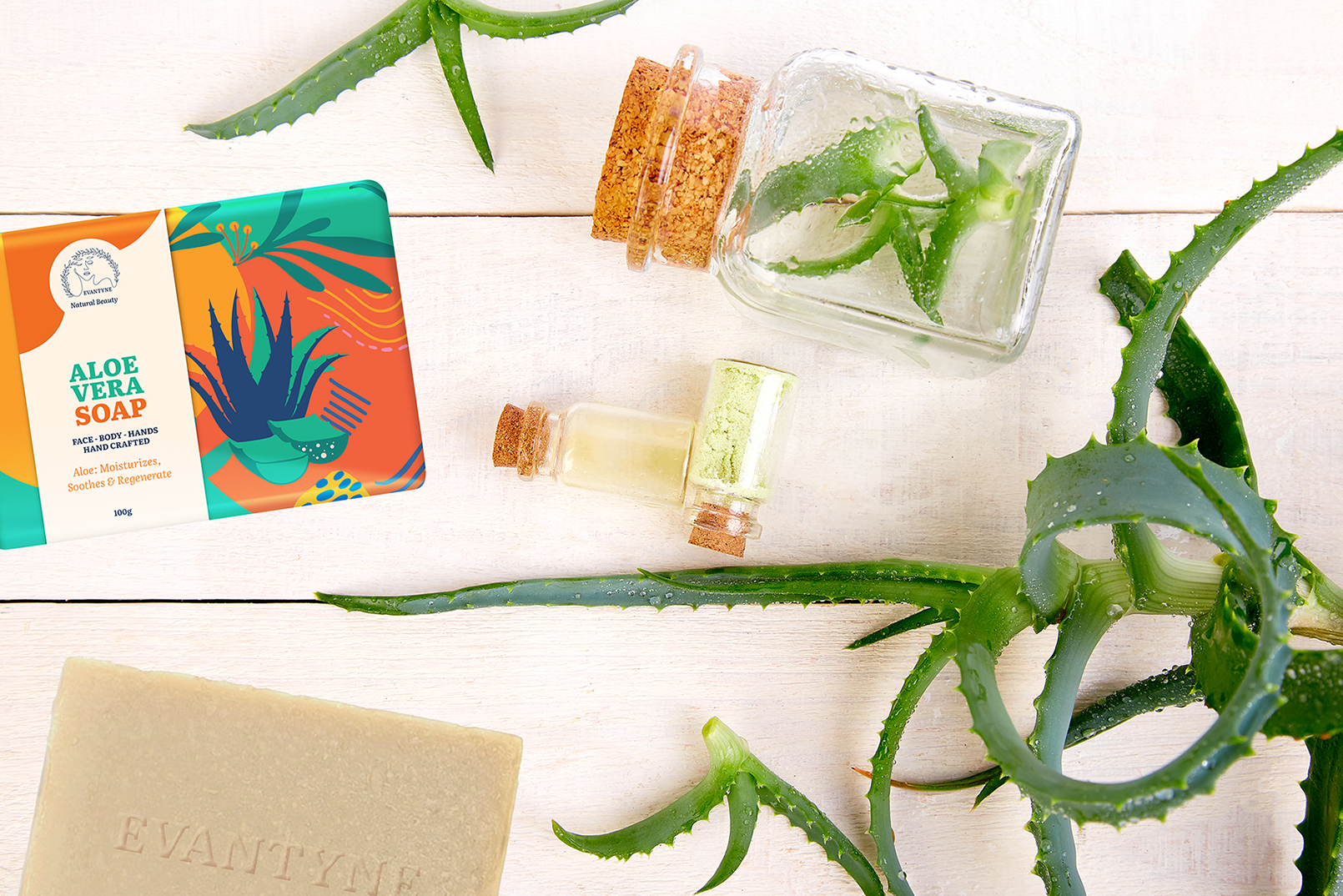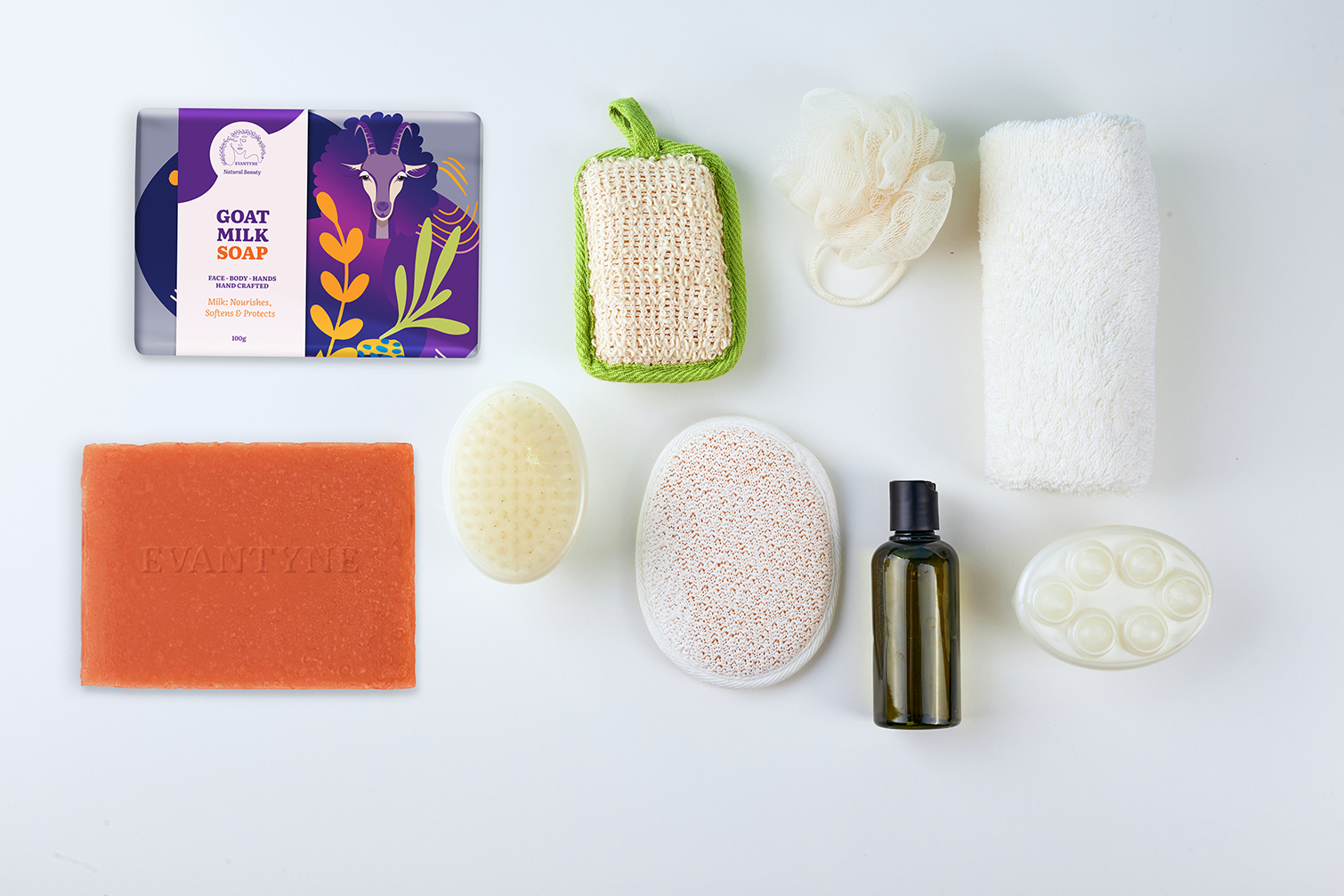Face care routine for a natural beauty
“Nature gives you the face you have at twenty; it is up to you to merit the face you have at fifty.” – Coco Chanel
You can read a face like a book and the first glance is like seeing its cover, which only has about three seconds to catch your eye and turn you into a potential reader. But a good cover design is not only about beauty, it will also reflect the whole story behind it.
It is up to us to maintain this “cover” in the best possible condition for as long as we can – making our face-reading a beautiful experience for others!
Even if the face is constantly exposed to transformational elements – such as the weather, or strong emotions that engrave it – it can still remain a beautiful sculpture for half a century or even longer. This is because it has a perfect insulation system, a “defense wall” that protects it from outside enemies. The quality of this wall of course also depends on how we actively participate in maintaining it, either through simple daily gestures or by periodic ‘renovation’.
Because we look in the mirror every day, the passage of time is less noticeable. It is only when poring nostalgically through our photo albums that we clearly see the effects of time and realise that from the youngest age every day is bringing changes and as those days turn into years, we feel youth and beauty gradually waning.
If the strange story of Benjamin Button had not been just a fiction, the controversy around ageing would not exist, and nor would the need for the powerful cosmetics industry. But in fact it is not so much time passing that causes ageing but the genetic degenerative process. Time is used as a convenient excuse for our wrinkles and sagging skin. The only defence against the persistent attack of the genes is a correct lifestyle that becomes a habit, an established routine: correct nutrition, hydration, sufficient sleep and regular physical activity.
If the stomach alerts us when to eat, with the feeling of hunger, the skin does not give us such warnings and it is therefore easy to ignore its needs. To understand how important daily care is, we need to see the skin as a rare and precious plant we need to nurture constantly, without breaks.
The structure of the skin is particularly complex, a true spatial architecture.
The epidermis is the outer layer, the main interface between the external and internal environment, which has a protective hydro-lipid film on its surface. At this level the cells are constantly dividing and the young ones replace those that have reached the end of their existence. These old cells are easily detached but we can speed up this process ourselves with a scrub/peeling, which leaves the skin velvety and enables the cosmetic active ingredients to penetrate more easily. Here in the epidermis, the lipids called ceramides have a key role in hydration and cell cohesion, functioning like mortar between the bricks of a wall.
In the underlying layer, the dermis, the main cell (the fibroblast) produces supporting collagen and elastin fibres, proteins giving elasticity to the skin, and hyaluronic acid that helps hydrate the dermis. But over time, due to the normal ageing process or other causes for which we are directly responsible, collagen stiffens, hyaluronic acid production decreases and we need to give the fibroblast a boost through massage and innovative cosmetic products so that it continues to produce these essential substances on which the health and beauty of our skin depends.
The hypodermis is the deepest layer of the skin. Here are found significant amounts of provitamin D, which is converted into vitamin D by the sun, as well as β-carotene, a natural retinoid, the precursor of vitamin A. Some cosmetics attempt to provide us with an extra supply from outside in the form of synthetic retinol. With a balanced diet, the body will not lack either beta-carotene or vitamin A. As for vitamin D, the number of foods containing it is limited and a supplement may be necessary. The subcutaneous adipose tissue lies beneath the hypodermis, the body’s reserve for dark days or maybe the cause of our constant war with extra kilos.
Going back to the epidermis, our “book cover” and “defence wall”, the primary role in skin protection is played by the lipid film. Because the first gesture of skin care is cleansing, this film must be immediately reconstituted to avoid dehydration and to balance the bacterial flora. Therefore, you should not choose a cleansing product based on synthetic surfactants that contain no oil, but an Evantyne hand-made natural soap, which uses the old method of cold saponification that allows oils to be added to the soap. These oils help to quickly restore the skin’s natural protective layer and leave it feeling soft, hydrated and comfortable. With this soap the entire body surface will be protected and cared for.
Free Skin
Turn your face to the sun and the shadows will fall behind you .
If the word free also means independent, then free skin is independent skin that does not depend on any special care or treatment to solve problems. It needs no camouflage, it avoids artificiality, it is simple and natural. It is a skin able to show itself unconstrained, naked, without risking anything. It suffers from nothing and attracts nothing but admiration. It is a free, beautiful and glowing skin, always facing the sun and whose shadows fall behind it.
A free skin needs products only for cleansing, moisturizing and nourishing.
But there are people who do not use cosmetics at all. They truly have the freest skin – free from problems often caused by inappropriate cosmetics that dominate today’s market. But especially after a certain age the skin does benefit from a little outside help.
The reality is that conventional cosmetics do not allow the skin much freedom. In their design, the emphasis is on safety assessments, as it is assumed from the outset that they have toxic potential, so it is more important to avoid harm than to do good. More recently, the focus is also on animal welfare, prioritising it over the skin welfare for which the products are designed. Animal testing is avoided, and rightly so, because animal skin should not suffer for the sake of human skin.
From a business perspective, ever since the cosmetics industry began, companies have generated a large profit margin between the manufacturing, marketing and distribution costs of a product and what consumers eventually pay. In 1932, a small bottle of Ardena Skin Tonic sold for 85 cents. Mrs Arden’s profit? 80 cents. But consumers were willing to pay the price because of the perceived benefits, so it seemed like a fair deal on both sides.
Today’s scenario is similar, the main difference being that cosmetics ingredients can now be almost entirely synthetic (bearing in mind that a moisturiser contains at least 80% water), and there is far less genuine benefit to the consumer.
Nowadays cosmetics create allergies and other issues which can be exacerbated by a general lack of care for one’s own health and beauty. The need has arisen for a multitude of products covering a multitude of problems. A range of cosmetics must necessarily contain products for skin which is atopic, sensitive, dehydrated, dry, oily, acne-prone, ageing or dull, as well as treating redness, pigmentation spots, large pores, blackheads, wrinkles etc.
Moreover, the big companies offer numerous alternatives for just one need. For example, for cleansing or make-up removal there is cleansing milk, cream, oil, balm, gel, foaming mousse, micellar water, cleansing wipes or sticks, scrubs and exfoliants etc.
Here are the ingredients in the cleansing product used by Diana: Water\aqua\eau, tridecyl stearate, tridecyl trimellitate, dipentaerythrityl hexacaprylate/hexacaprate, butylene glycol, glyceryl stearate, cocos nucifera (coconut) oil, caprylic/capric triglyceride, silica, cetearyl alcohol, ceteareth-20, sorbitol, hexyldecyl stearate, bisabolol, disodium cocoamphodipropionate, triethanolamine, oleth-10 phosphate, caprylyl glycol, 1,2-hexanediol, stearyl alcohol, carbomer, disodium edta, phenoxyethanol, potassium sorbate, chlorphenesin.
Because the product didn’t live up to its promise of “clear, smooth skin” and even caused discomfort, she swapped it for an Evantyne handmade soap created with only quality natural ingredients that gently cleanses her face without causing adverse reactions. An artisanal soap created by cold saponification with added oils (superfatted) to protect the skin’s hydro-lipidic film is the simplest and least expensive cleaning solution. After washing apply a tonic and the regular cream.
Soap is the result of a reaction between an acid (oils and butters) and a base (sodium hydroxide). The “by-product” glycerine is retained in the composition and provides hydration. Simple as that!
Natural skin care routine
‘God has given you one face, and you make yourself another.’ – William Shakespeare
Ophelia uses makeup in her beauty routine to change her face, but what’s the reason? Does she want to impress Othello? Or perhaps she is trying to mask skin imperfections or appear younger in his eyes? We can of course appreciate the beauty “lent” by make-up – e.g. Ophelia’s, the expressive make-up of the silent movies of the 1910s or the artistic make-up of today’s Vogue magazines – but also the possibility of being naturally beautiful with only the “naked” skin of our face. Let ours be “another face” we make ourselves with the right skincare routine.


There are many ways to resist the gradual entropy that impacts everyone and everything on this earth, but the simplest and least expensive method for our looks is natural home skincare. The definition of “routine” is “a sequence of actions followed on a regular basis”. Everyone has their own daily routine and not necessarily the same routine from the moment they wake up until they go to bed at night. But what we do have in common is appreciating compliments about the way we look. In order to keep our skin looking younger for longer, we need to introduce a skincare routine into our daily lives as soon as possible. Wrinkle-free skin is maintained through a long and complex process that must start early. This process undoubtedly includes sleep, proper nutrition, sufficient hydration and sport. These need to be complemented by daily gestures and actions that make up the skincare routine, fine-tuned through long and regular practice. Simply washing your face and applying ‘some’ moisturiser is not really sufficient, but of course better than nothing. Face masks used frequently (at least once a week), facial massages and a visit to the beauty salon once a month for a more intense treatment should become a habit. However, the main results are from the daily gestures.
Helena Rubinstein and Elizabeth Arden, two women who revolutionised the beauty industry way back in the era of female emancipation, and dominated the beauty market for a full 50 years, made a habit of applying a face mask every day or having a cosmetic treatment. Their smooth and glowing skin was testimony to the guarantee of the lotions and potions they produced. If these habits seem somewhat onerous, the routine can be limited to a few simple steps that include cleansing, moisturizing, nourishing and self-massaging. It is essential that the products used benefit the skin and don’t harm it in any way.
A simple routine for lasting beauty
· Splashing your face with cold mineral or rain water should be the first gesture in the morning to “wake up” and freshen your skin. Cold water can give your face a new lease of life.
· The simplest cleaning can then be done with a mild soap. This avoids unnecessary rubbing of the epidermis with a cleansing pad. In addition, ordinary commercial cleaning products can be harsh and dehydrate the skin. Evantyne soaps are the best choice and natural soaps of such delicacy are rarely found on the market. They are manufactured by cold saponification with added fat (superfatting) resulting in a nourishing and protective soap for the skin. They contain glycerine ensuring skin hydration and are scented with essential oils that add beneficial properties. Here is a testimonial from Nancy, a woman with a beautiful complexion but which was lacking luminosity: With the soap you gave me, my facial skin is amazing! Indeed, even in the absence of any special face care, this soap alone immensely improved the appearance of the skin.
· At least once a week, and depending on the skin type, the simple wash mentioned above can be accompanied by brushing (using e.g. an electric facial device), with immediate results: the face is clean and glowing.
· If you have enough time, you can continue with massaging the skin of the outer corner of the eyes and cheeks while the skin is wet (the device generally contains the brush and two massage heads).
· Next comes a face toner, a serum (for mature skin), an eye cream and a day moisturiser.
The evening routine is similar, washing with warm water. Evantyne soaps are even suitable for gently removing make-up. The final touch should be a nourishing night cream.
And let’s not forget the beneficial effects of exercise, fresh air, enjoyable activities. And especially that serotonin, oxytocin, endorphins and dopamine are also part of the beauty routine, because happiness reaches the skin and is reflected from it.


Why an Aloe vera gel soap?
It all started many years ago in Brussels, with a small Aloe vera plant in a pot. The pot became too small for the single plant, which rapidly grew and reproduced, and over time, dozens of these potted plants invaded the windowsills. Overproduction, primarily a problem of available space, imposed “creative” measures to avoid waste, and thus the very first Aloe vera gel soaps appeared in 2016. After much intense research on the subject, the original formula was much improved, and today produces a safe and high-quality soap perfectly in line with recommended standards.
Once the project became reality, it created a need for a source of Aloe vera with roots in fertile soil. We found this miraculous plant on the sunny island of Crete, growing in a soil enriched with Aloe vera compost.
Aloe vera gel has an excellent reputation going back thousands of years, and based mainly on its use and excellent results in the therapeutic and aesthetic fields.
The oldest known testimonies to the fabulous virtues of this plant were written on the Sumerian tablets 4200 years ago. Much later in the plant’s historical journey, the Ebers Papyrus, a 16th century BC Egyptian medical treaty, mentioned its laxative properties. In the 3rd century BC, Alexander the Great was supposedly persuaded by Aristotle, his mentor, to conquer the island of Socotra, which had a reputation for hosting a multitude of plant species including Aloe vera, which proved to be of incredible efficacy in the treatment of wounds during the wars of that time.
Legend also has it that the queens of Egypt, including Nefertiti and Cleopatra, owed much of their renowned beauty to the use of this miraculous plant in their daily beauty rituals.
Avicenna, a famous physician and philosopher writing around 1000 AD, mentioned Aloe vera in his “Canon of Medecine”, which was a milestone in the history of medicine. In the Middle Ages, the reputation of aloe vera was already well-established, the plant being generally recommended for its medicinal and aesthetic properties and widely used in pharmacies of the time.
At the beginning of the twentieth century, Aloe vera began to be cultivated to meet the needs of the pharmaceutical industry.
Milk baths for a soft skin
For thousands of years, from antiquity to the modern era, milk baths have been part of the popular beauty rituals among women.
Although not exactly attested, the legend that Cleopatra bathed in milk has survived to this day. Regarding Popeea, the wife of Emperor Nero, the information is accurate, being recorded by Pliny the Elder (historian, naturalist and philosopher) in ‘Naturalis historia’ where he mentions that Poppaea used to bathe his whole body in milk for suppleness and skin whitening, milk being considered to be very effective for this purpose. It is confirmed today in dermatology the role of lactic acid in exfoliating the skin and improving the appearance of fine wrinkles.
Although the sources of information about these baths in antiquity are limited, historians still believe that this was a common custom among aristocratic women in Greece and the Roman Empire. However, it seems that the custom was even older, being taken by the Greeks and Romans with the conquests of the Orient.
Good practices for a spoiled skin
To take advantage of the properties of this delicate soap, add a few tablespoons of powdered milk, honey and a cup of whole milk to the bath water and feel like Cleopatra.
For face care: Bring four tablespoons of milk to a boil and add a teaspoon of chamomile flowers. After cooling add a tablespoon of lemon juice and optionally, a pinch of cinnamon. Apply the mixture on the face. Wash after 15 minutes with this soap. Store the rest in the refrigerator and use in the next few days.







